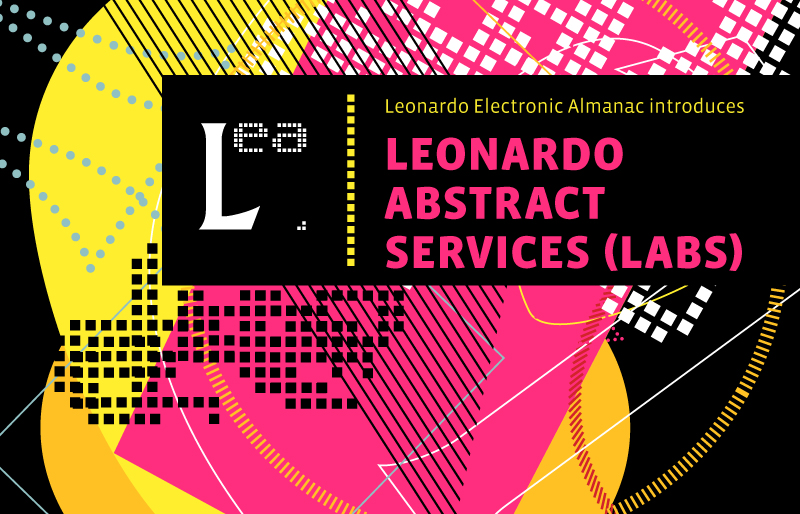
Leonardo Abstract Services (LABS) 2010-2011
Aesthetic Complexity: Practice and Perception in Art & Design
This research focuses on the aesthetics of visual complexity in the practice and perception of visual art and design. It investigates why artworks tend to be complex and how visual complexity relates to aesthetic value. The aim is to understand visual complexity in terms of the relationship between the objective properties of images and subjective properties of perception. The project takes a computational and empirical approach to this subject, incorporating methods from information theory, computer graphics, complex systems theory and experimental psychology. Cellular automata programs are employed to generate stimulus images, and a variety of other visual material is borrowed from students and professional artists, designers and craftspeople. Visual complexity is measured in two ways: Firstly, an objective measure of complexity is based on the data compression of digital image files, which provides an information-based scale of order to randomness. Secondly, psychophysical techniques are employed to measure subjective judgements of complexity, preference and artistic quality. Research in complex systems theory and empirical aesthetics suggests that we can expect to find an inverted ‘U’ correlation between the two measures of complexity.
The project makes an original contribution to knowledge with empirical evidence for the inverted ‘U’ correlation of image file compression and perceived complexity. With cellular automata images from simple to complex, the two measures show a correlation that diverges as images approach randomness. The results are less clear with art and design images, however, perhaps due to the wider variety of visual material. The correlation between file compression and perceived complexity suggests that we can understand visual complexity as a mixture of order and chaos. A balance of complexity allows for visual exploration and pattern-finding which contributes to aesthetic value. Preference is more variable than judgements of complexity, and art-trained participants rated images higher than untrained participants. The perception of complexity is shown to be more strongly correlated with judgements of artistic quality than with preference. A qualitative analysis of participant interviews reveals that this is due to shared evaluative criteria between complexity and quality. In other words, the aesthetic properties that make an image look complex are also what give the impression of time, effort and skill in a work of art.
Degree: PhD
Year: 2010
Pages: 324
University: Nottingham Trent University
Supervisor: Judith Mottram
Semail: Judith.Mottram@ntu.ac.uk
Supervisor 2: Terry Shave; Andrew Dunn
Language: English
Dept: Fine Art
Copyright: Author
Lang_author: English
Url: http://aestheticcomplexity.wordpress.com/phd/
Email: Guy.Birkin@ntu.ac.uk
Keywords: Aesthetics, Complexity, Art, Perception, Information Theory, Data Compression, Aesthetic Measure, Experimental Psychology
LEONARDO ABSTRACTS SERVICE (LABS) is a comprehensive collection of Ph.D., Masters and MFA thesis abstracts on topics in the emerging intersection between art, science and technology.
If you are interested you can submit your abstract to the English LABS, Spanish LABS and French LABS international Peer Review Panels for inclusion in their respective databases. The authors of abstracts most highly ranked by the panel will also be invited to submit an article for consideration for publication in the refereed journal Leonardo.
Files:
